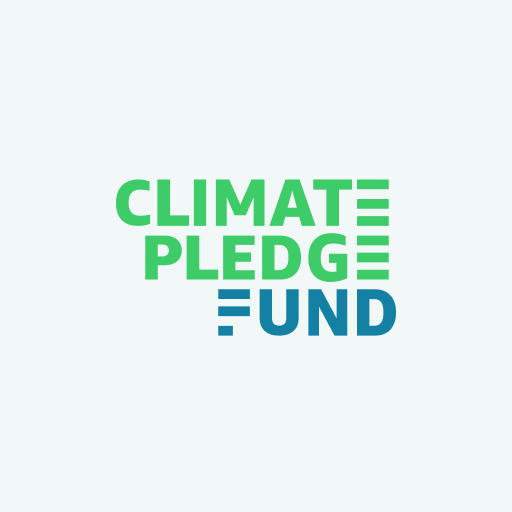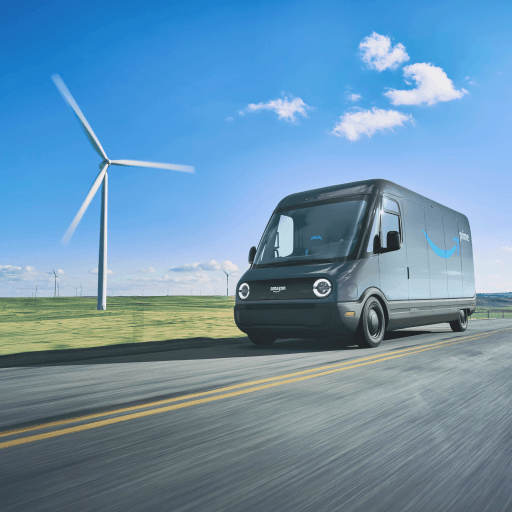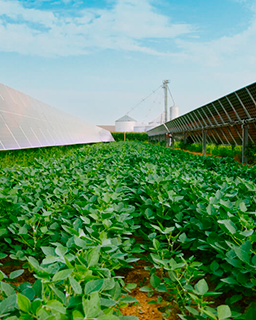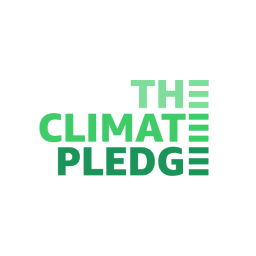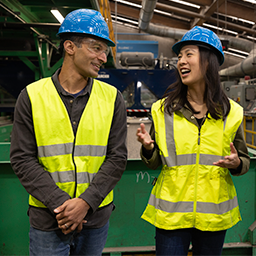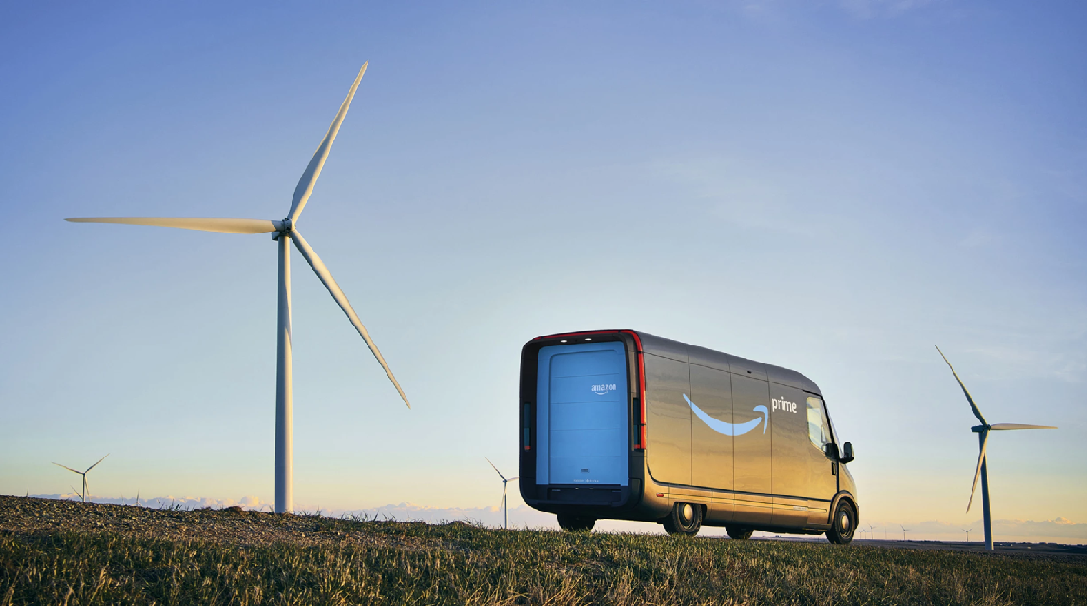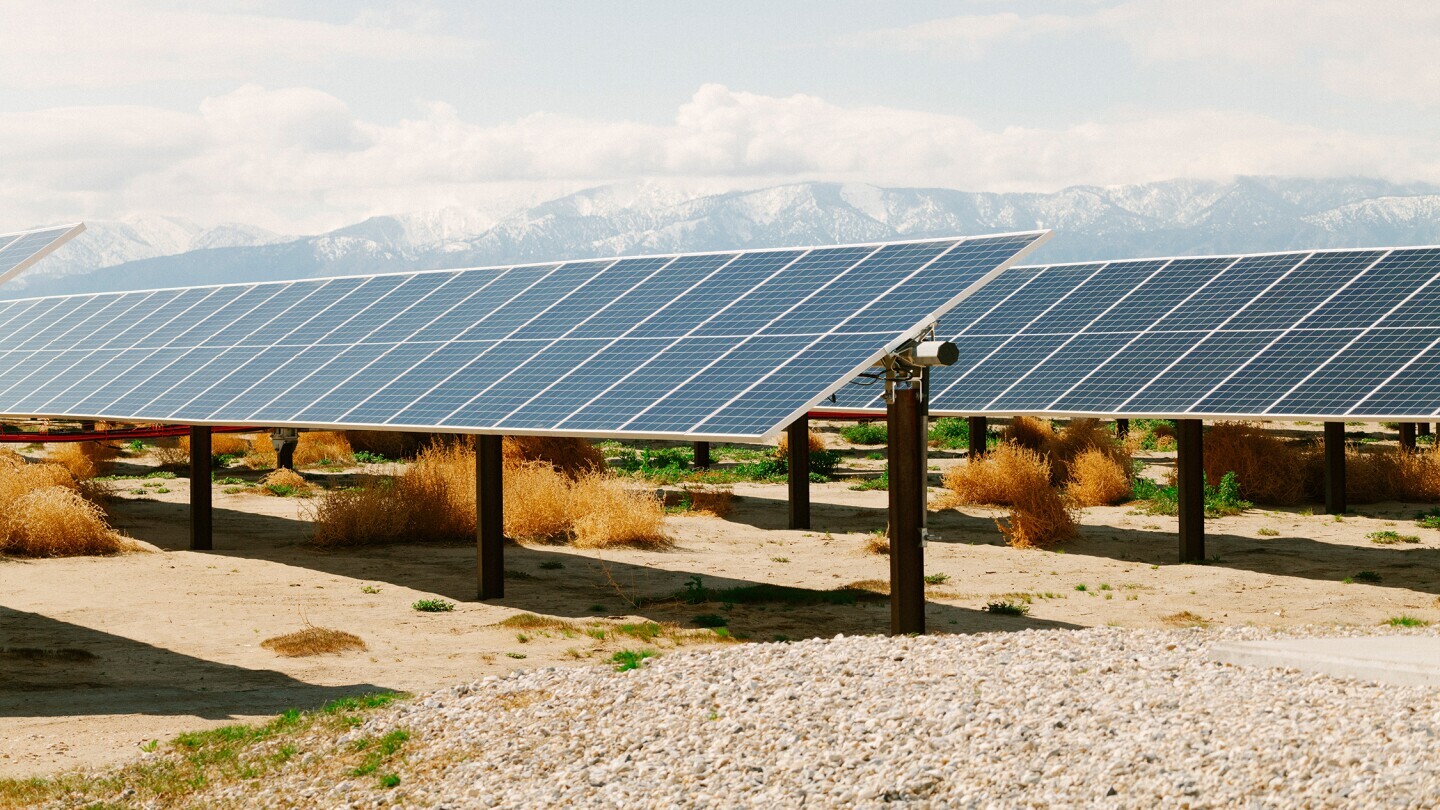Driven by the urgency of climate change, we co-founded The Climate Pledge in 2019 and committed to achieve net-zero carbon emissions by 2040.
To reach this target, we’re also expanding the use of zero-emission transportation such as electric delivery vans, cargo e-bikes, and on-foot deliveries, and we engage in industry initiatives to remove carbon emissions from transportation systems like ocean shipping, aviation, and trucking. We’re also using innovative construction techniques and building materials to make our fulfillment centers, data centers, offices, and physical retail locations more sustainable.
